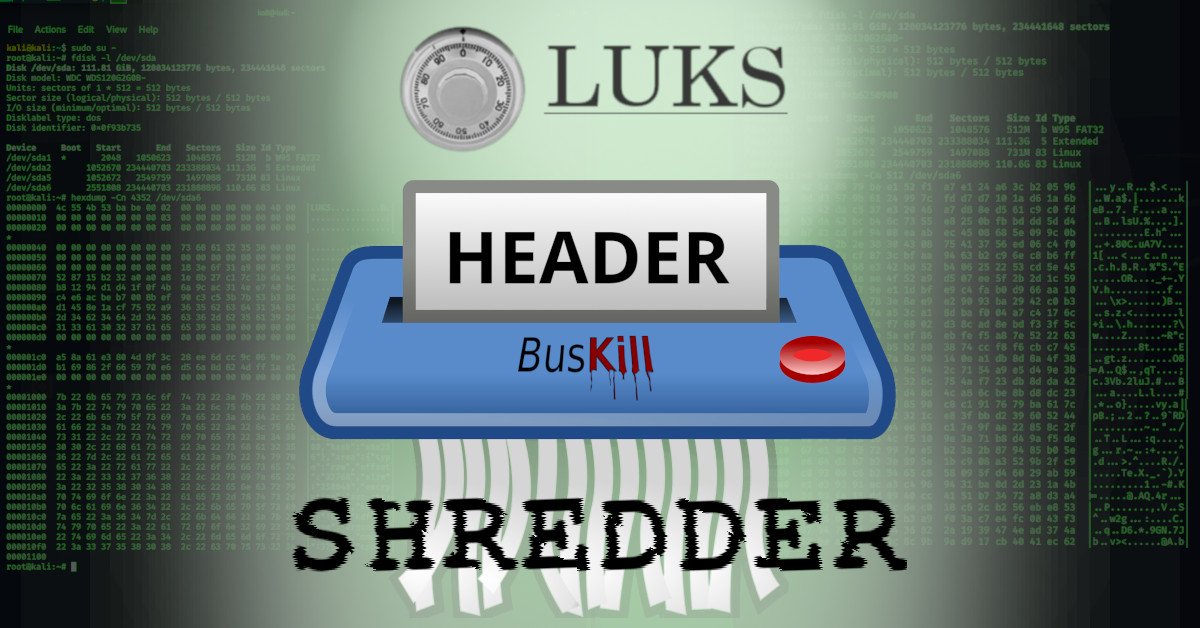Video Demo
Watch the below video to see a demonstration of BusKill running on all of the below-listed systems.
Can’t see video above? Watch it on PeerTube or on YouTube at youtu.be/g6eT8JSIgjw
Transparency is important. As we launch our crowdfunding campaign (making the BusKill cable available for purchase for the first time), we wanted to provide a clear video demo showing the cable in-use in all tested platforms:
Windows
BusKill was tested to work in Windows 10.
Visit docs.buskill.in for instructions on how you can build your own BusKill cable and download the BusKill app for Windows.
Or you can buy a BusKill kit with the BusKill Windows app pre-installed on the the included USB drive.
MacOS
BusKill was tested to work in MacOS 10.15 (Catalina).
Visit docs.buskill.in for instructions on how you can build your own BusKill cable and download the MacOS .dmg release.
Or you can buy a BusKill kit with the BusKill MacOS app pre-installed on the the included USB drive.
Linux
BusKill was tested to work in Ubuntu Linux.
Visit docs.buskill.in for instructions on how you can build your own BusKill cable and download the Linux .AppImage release.
Or you can buy a BusKill kit with the BusKill Linux app pre-installed on the the included USB drive.
TAILS
BusKill was tested to work with TAILS (The Amnesic Incognito Live System).
While you could use the BusKill Linux .AppImage release with a second USB drive while using TAILS, the recommended solution for security-critical users is to just use the BusKill cable in-line with the TAILS live USB drive. This takes advantage of
- The BusKill cable’s magnetic breakaway along with
- The TAILS built-in emergency shutdown
Visit docs.buskill.in for instructions on how you can build your own BusKill cable to use with TAILS.
Or you can buy a BusKill cable to support the BusKill project.
QubesOS
BusKill was also tested to work with QubesOS.
Due to the design of QubesOS (dom0, sys-usb, etc), the BusKill GUI app does not support QubesOS. Instead, QubesOS support is implemented using the qubes-rpc and a set of scripts stored in sys-usb and dom0.
For more information on how to use BusKill in QubesOS, see our BusKill guide for QubesOS.
Visit docs.buskill.in for instructions on how you can build your own BusKill cable to use with QubesOS.
Or you can buy a BusKill cable to support the BusKill project.













